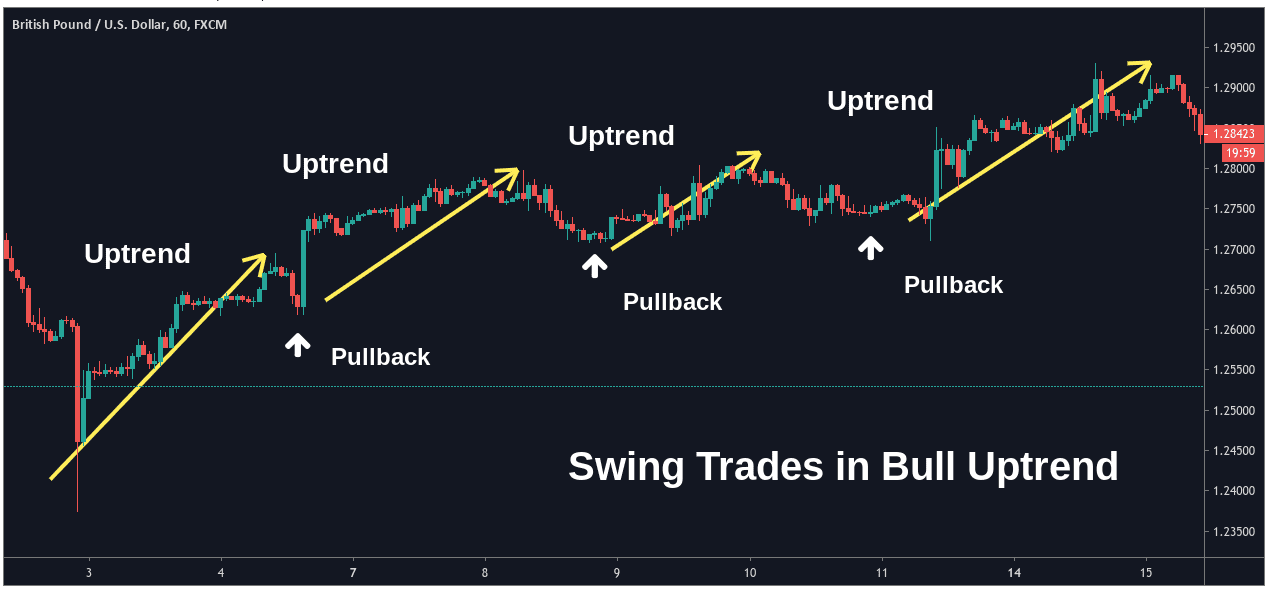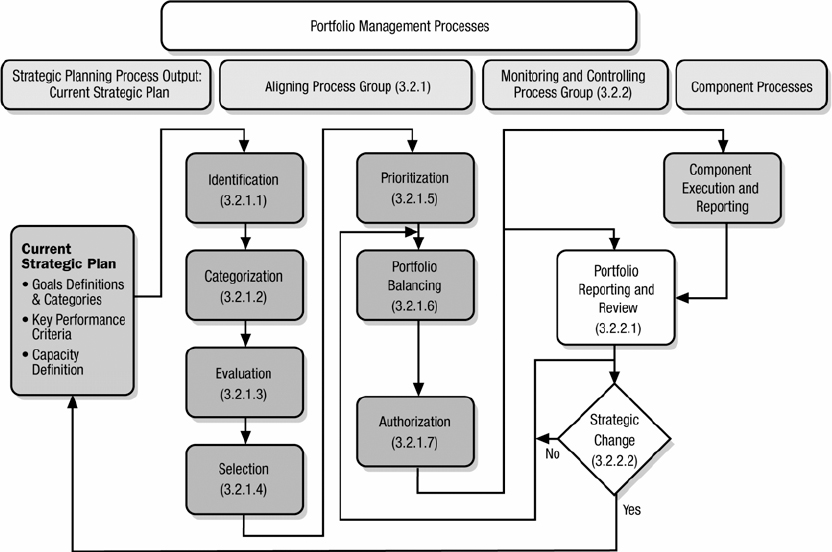Contents:


She holds a degree in Linguistics and her interests span public relations, advertising, sales, marketing, psychology and health. For example, if you’re importing high-value items like electronics or jewelry, DDP may not be an ideal option because it can leave you with large customs duties to pay when you cross borders. ‘FOB Destination, Freight Prepaid’ is the opposite of ‘FOB Destination, Freight Collect’ and is used to indicate that the seller assumes the cost of freight. The FOB destination is often used in international sales contracts but can also be used to be more specific about when or where the seller must deliver. It’s important that you have a clear understanding of FOB shipping so that you know what your rights and obligations are from the start of your contract. The term “free on board”, or “f.o.b.” was used historically in relation to the transfer of risk from seller to buyer as goods are shipped.
Once the products have arrived at the buyer’s location, however, the buyer assumes full legal responsibility for them. With shipping, you may hear about the ship’s rail, and how costs or ownership transfer when it’s over the rail. That’s because the rail concept, as well as FOB, goes back to the early days of sailing ships. The earliest ICC guidelines were published in 1936, when the rail was still used – goods were passed over the rail by hand, not with a crane.
Prepare Tuttle Electronics’s adjusted trial balance as of October 31, 2018. And other charges are borne by the seller until the goods are delivered. CIF is a more expensive contract option than FOB, as it demands more effort and expense on the part of the supplier. To further clarify, let’s assume that Claire’s Comb Company in the US purchases a container of The Wonder Comb from a supplier based in China.
Traditionally with FOB shipping point, the seller pays the transportation cost and fees until the cargo is delivered to the port of origin. Once on the ship, the buyer is responsible financially for transportation costs, customs clearance, fees, and taxes. Conversely, with FOB destination, the seller pays the shipment cost and fees until the items reach their destination, such as the buyer’s location.
FOB Meaning and a Brief History
When you are shipping internationally, there may be documents which you first need to clear at customs. When all these costs are added up, the shipping cost becomes far more expensive than what it would cost you to ship the same goods domestically. Freight costs are likely to increase drastically when you are shipping goods overseas. If customsseize an item , this could lead to hefty penalties and fines, and that will definitely raise the overall cost of your FOB shipment. Therefore, international trade will almost definitely have an impact on the FOB process.
This includes the export clearance documents at the terminal or at the port. This indeed saves the buyer a considerable amount of complications and unnecessary hassle. In this case, it helps to save up both money and time for the buyer. This is because it determines the responsibility for both the seller and the buyer.
Judicial Committee of the Privy Council, Colonial normal balance Company of New Zealand v The Adelaide Marine Insurance Company , UKPC 57, 18 December 1886, accessed 2 March 2021. The term “Freight On Board” is not mentioned in any version of Incoterms, and is not defined by the Uniform Commercial Code in the USA. Further to that, it has been found in the US court system that “Freight On Board” is not a recognized industry term.

Only after the seller begins the actual shipping process do they bill you. On the other hand, it makes it possible for the goods to be sent to the buyer’s home, and the buyer does not even need to be present when they are delivered. As I have said that FOB shipping point means that the buyer must make a financial commitment in advance. Accountants often review shipping records and documentation during a “cutoff period”. This is usually around the end of the fiscal year – right before and right after. The carrier also signs the bill of lading when delivering the goods to the buyer.
As mentioned, the buyer assumes responsibility for all shipping costs from the FOB address to the final FOB warehouse destination. If you’re the buyer, ensure your treasure chest is ready to cover those expenses. FOB stands for “Free On Board” and refers to the location where ownership and responsibility for goods transfer from the seller to the buyer.
THE EFFECT OF INTERNATIONAL TRADE ON FOB SHIPPING
There are situations where you may be responsible for covering costs before your goods are on board. Your goods are packaged and loaded onto a truck at the supplier’s warehouse . This guide cuts through the legal jargon and explains everything you need to know about this common incoterm in plain English. This means that no matter where you ship from, you will encounter the same regulations.
Free carrier is a trade term requiring the seller to deliver goods to a named airport, shipping terminal, or warehouse specified by the buyer. When shipping goods to a customer, FOB shipping point or FOB destination may be two primary options to choose from. FOB shipping point holds the seller liable for the goods until the goods begin their transport to the customer, while FOB destination holds the seller liable for the goods until they have reached the customer. Incoterms define the international shipping rules that delegate responsibility of buyers and sellers.
Meaning of Freight
Merchant shipping is lifeblood to the world economy, carrying 90% of international trade with 102,194 commercial ships worldwide. While the buyer is responsible for the goods from the point of origin. The seller’s responsibility in such a case is only bringing the goods to the carrier or freight forwarder. Therefore, if anything happens to the goods during the delivery process, the buyer is fully liable and are expected to assume all responsibility. One of the most commonly confused terms is the ‘Free on Board’ which seems like quite an ironical name to me. This is because the service is not free at all and the failure to understand that could possibly lead to problems when shipping products from foreign countries.
Delivered Ex Quay (DEQ) Definition – Investopedia
Delivered Ex Quay (DEQ) Definition.
Posted: Sun, 26 Mar 2017 04:35:14 GMT [source]
While FOB shipping points can provide some great benefits, it’s also important to be aware of the potential dangers lurking in the deep waters of the shipping process. Batten the hatches and have insurance coverage to avoid unfortunate mishaps. The FOB shipping point means the buyer assumes ownership and responsibility for the goods when they leave the seller’s designated shipping point.
What Is FOB Shipping?
FOB is a term used in shipping to indicate when the ownership and liability of goods shipped transfers from buyer to seller and who is legally responsible for goods damaged or destroyed during shipping. The FOB Destination terms also apply to the cost of shipping and the responsibility for the goods. This means that the seller is the responsible party and must undertake the cost of any damages or extra fees incurred during the delivery process.

Learn how to calculate https://1investing.in/ costs, including packaging and handling costs. Mastering what is FOB point can be a real treasure chest of cost savings for buyers. Buyers can use their negotiation skills to score better shipping rates or choose a shipping carrier that offers better pricing by taking ownership of the goods at the seller’s shipping point. It’s like being a pirate and taking control of the ship without any swashbuckling required! Plus, with greater control over the shipping process, buyers can ensure that the goods arrive on time and in good condition, all while saving some doubloons along the way.
The Disadvantages of FOB for Buyer and Seller
The main difference between FOB and CIF lies in the transference of ownership and liability. For this reason, buyers tend to prefer CIF while online sellers should lean toward FOB shipping to access better control over their shipment, maintain a higher profit, and save the buyer money on their orders. FOB shipping point and FOB destination point reference the moment in the transaction where the title of the goods transfers from seller to buyer. This is a very necessary distinction in that it determines succinctly which party is responsible and liable for any lost or damaged goods during the shipping at any given time. The major difference between the two terms is the timing of the transfer. FOB also determines when a business will record a sale for accounting purposes.
- Specifically, each type of shipping can have thefreight costspaid upfront , or they may need to be collected after the products arrive to the buyer.
- But instead the seller adds the freight costs on to invoice they send to the buyer.
- The shipping cost is determine by the cubic feet , volume, distance, weight and other factors.
- One thing I can say is that FOB shipping point is a great way for international trade.
A buyer can save money by using FOB Destination since the seller assumes costs and liability for the transportation. However, the disadvantage for the buyer is the lack of control over the shipment including shipment company, route and delivery time. Proper documentation and communication are also critical when using a FOB shipping point. The buyer and seller must clearly understand the terms and conditions of the shipping agreement, including the FOB shipping point and who is responsible for shipping costs and risks. Proper documentation, such as bills of lading and invoices, must be accurately completed and communicated between the parties.
Commodities in Focus Weekly – Vitol S.A. v JE Energy Ltd … – Lexology
Commodities in Focus Weekly – Vitol S.A. v JE Energy Ltd ….
Posted: Tue, 20 Dec 2022 08:00:00 GMT [source]
Shipping terms affect the buyer’s inventory cost because inventory costs include all costs to prepare the inventory for sale. This accounting treatment is important because adding costs to inventory means the buyer does not immediately expense the costs and this delay in recognizing the cost as an expense affects net income. For example, assume Company XYZ in the United States buys computers from a supplier in China and signs a FOB destination agreement. Assume the computers were never delivered to Company XYZ’s destination, for whatever reason. The supplier takes full responsibility for the computers and must either reimburse Company XYZ or reship the computers. It may be difficult to record delivery precisely when the goods have arrived at the shipping point.
For example, “FOB Vancouver” indicates that the seller will pay for transportation of the goods to the port of Vancouver, and the cost of loading the goods on to the cargo ship . The buyer pays for all costs beyond that point, including unloading. Responsibility for the goods is with the seller until the goods are loaded on board the ship. In modern domestic shipping, the term is used to describe the time when the seller is no longer responsible for the shipped goods and when the buyer is responsible for paying the transport costs.
Incoterms apply to both international trade and domestic trade, as of the 2010 revision. Under the Incoterms 2020 standard published by the International Chamber of Commerce, FOB is only used in sea freight and stands for “Free On Board”. It’s important for the moment of sale to be accurately recorded for this reason, and also for entry into the company records. The term free on board simply refers to freight that is being shipped over water instead of land or air. About 90 percent of all global freight is shipped via ocean and sea freight. Cost and freight obligates a seller to arrange sea transportation and provide the buyer the needed documents to retrieve the goods upon arrival.
